Give your house a wow-factor that is hard-wearing, and low maintenance.
Cladding is a popular option to give homes a wow-factor finish that is hard-wearing, long lasting and low maintenance. But remember, when planning your cladding project, it’s very important to consider ventilation.
Ventilation is necessary to prevent the build-up of moisture and condensation behind the cladding causing efflorescence. Cedral Facades are installed using the ventilated rainscreen system. A continuous cavity is created between the wall insulation or structure and the cladding, allowing air to flow in at the base and out at the top. This ‘chimney effect’ helps to maintain an ambient air temperature year-round, effectively protecting against moisture.
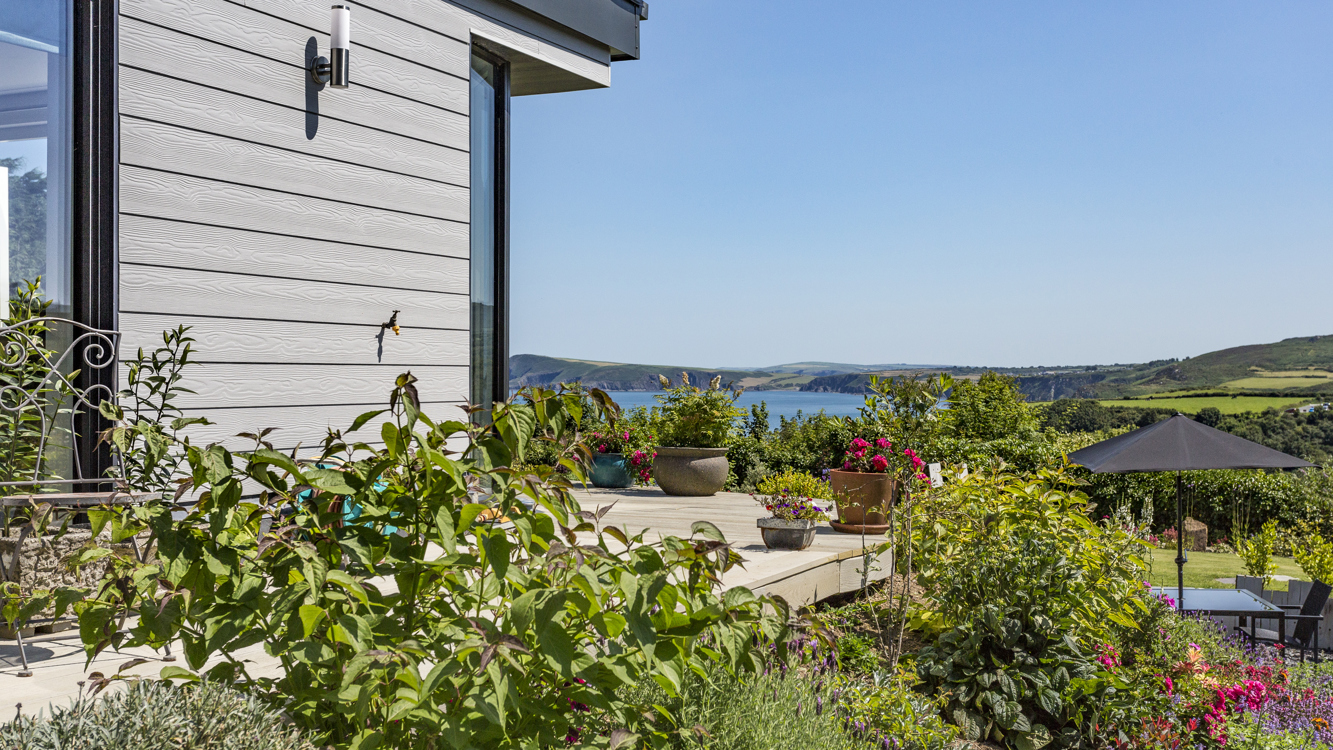
In hot weather, air can rise to the top leaving space below for cool air to enter and keep the building cool. In wet weather, the air flow allows the cladding to dry quickly, preventing a build-up of condensation.
Ventilation is also required around all windows and doors, to reduce condensation and humidity coming from inside and outside the building. The same principle also applies to any fittings on the facade, such as gas or services boxes, as our video shows.
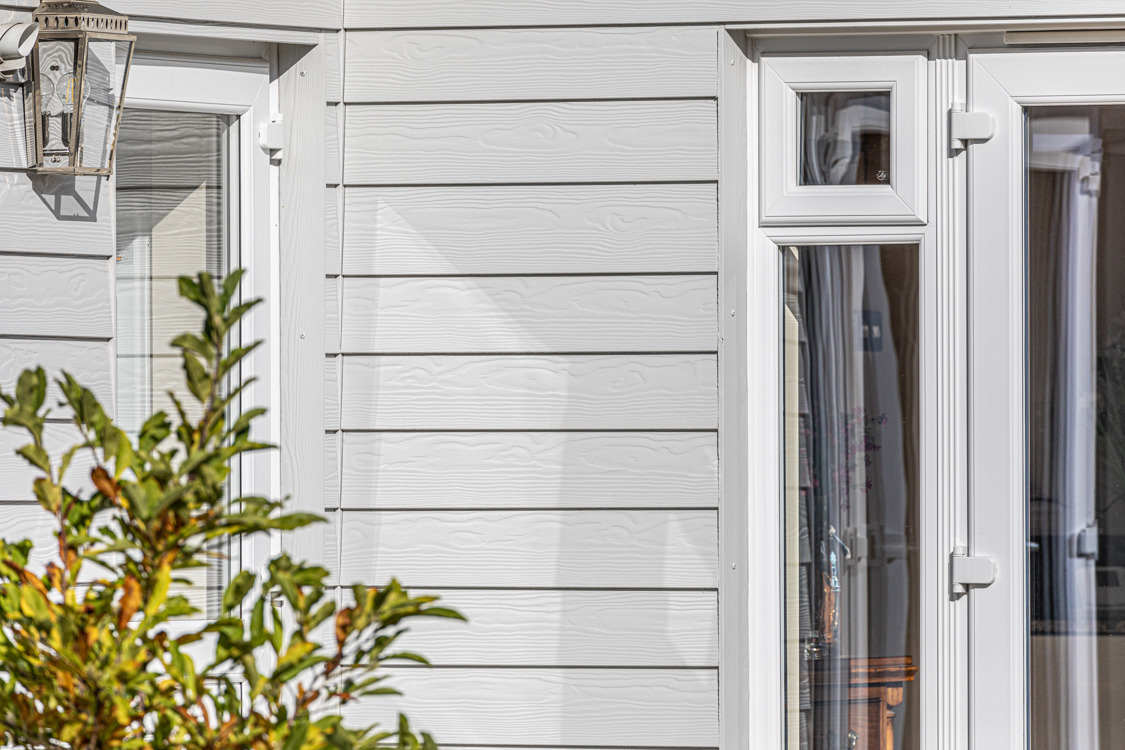
Perforated closures should be installed at the top and bottom of the facade boards and around each door, window head and sill to protect against entry by birds, rodents and some insects.
As well as protecting the insulation or substructure against moisture, the ventilation gap enables rapid drying of external walls to reduce condensation and humidity, and also offers fire, sound, heat and weather protection.
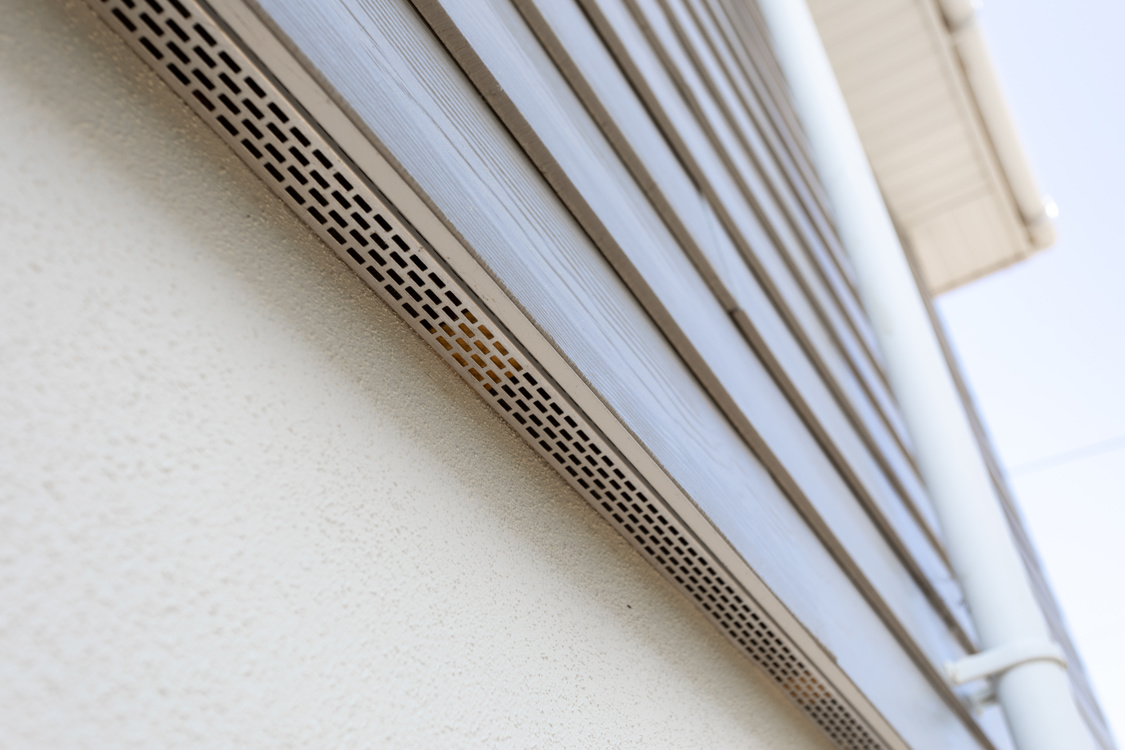
Other advantages of installing a ventilated wall include increased energy efficiency, reduced structural movement of the building and extended lifetime of the facade. Why not order a free sample today.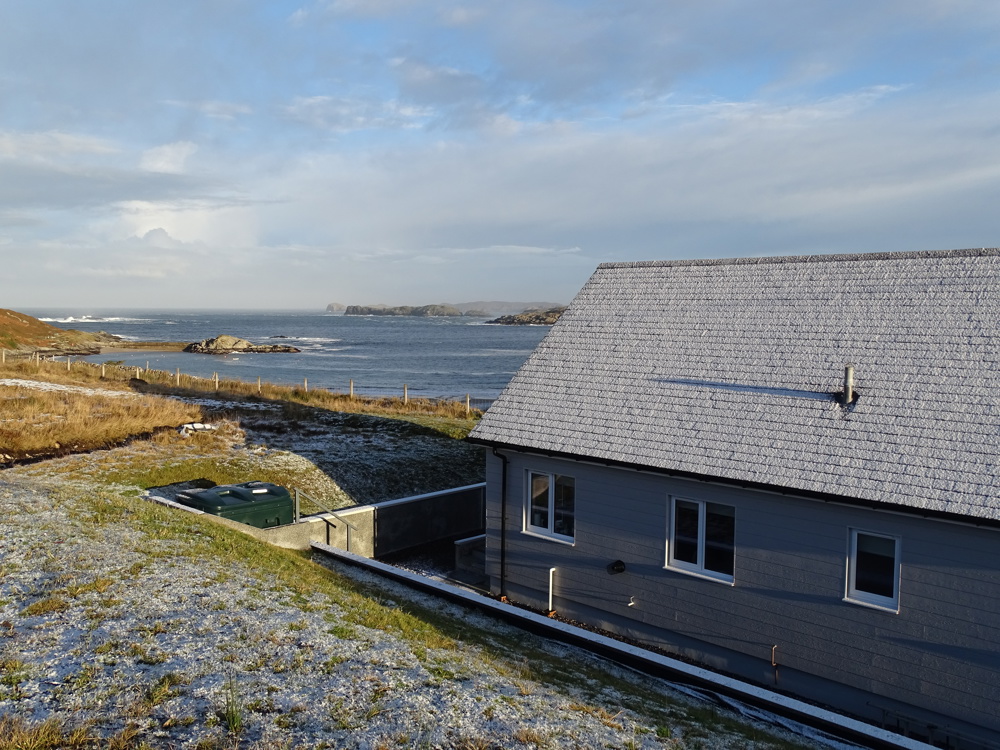
Head over to Cedral’s website to take the next steps – Visit Cedral

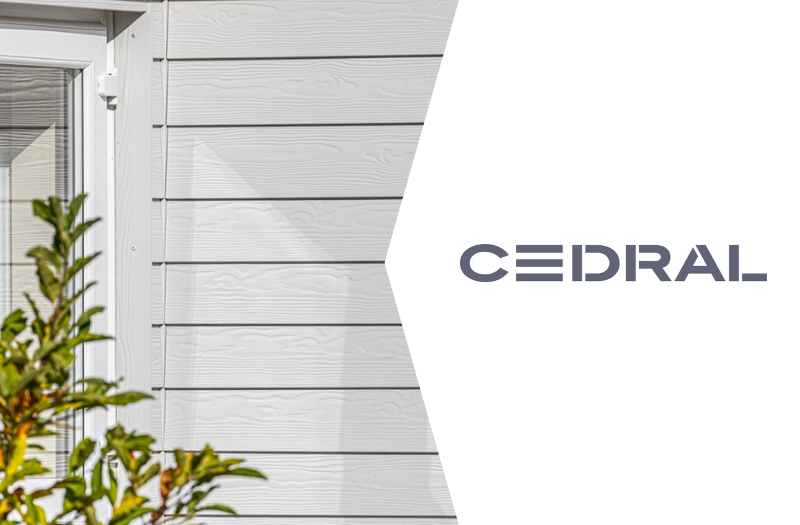
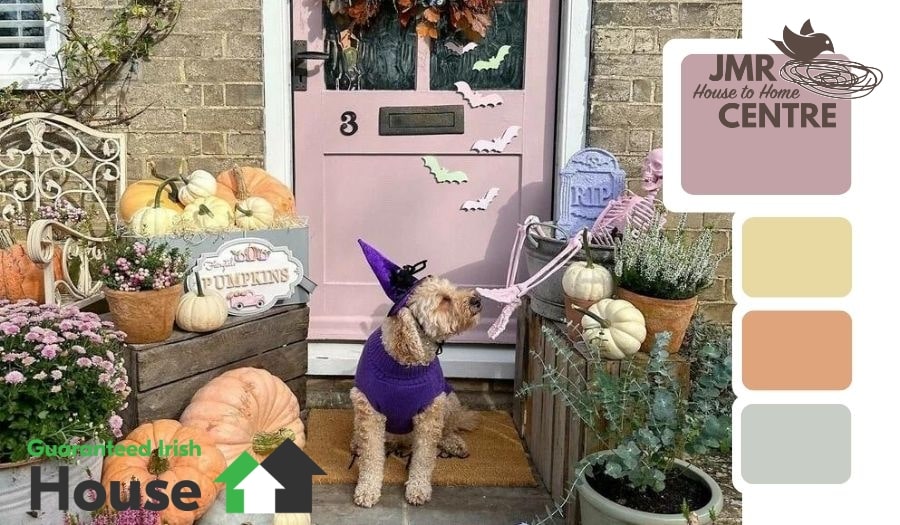
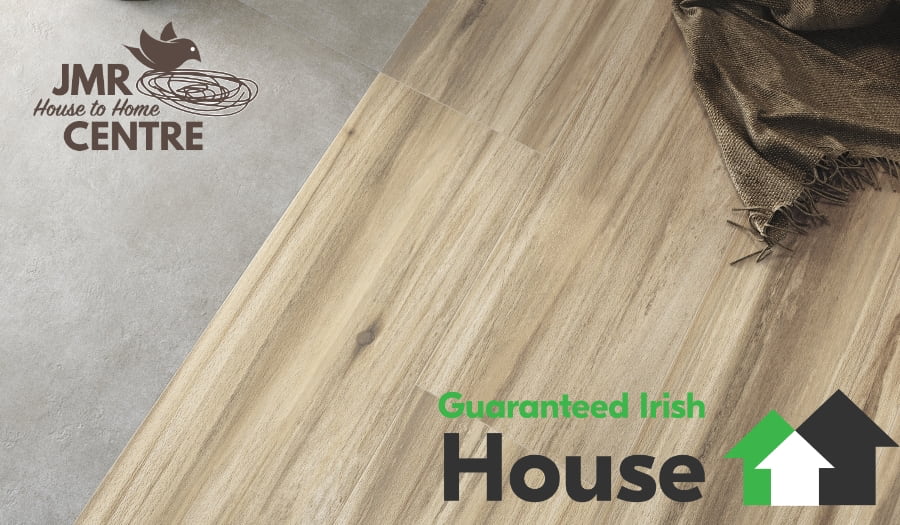
Share your #mycedralworld project with the world!